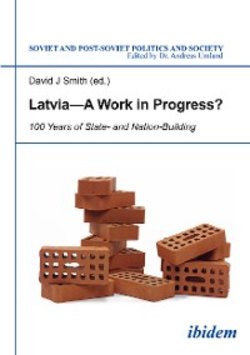Читать книгу Latvia - A Work in Progress? - Marina Germane - Страница 8
3. “Death” and “Transfiguration”
ОглавлениеThese terms, of course, come from the title of Richard Strauss’ famous 1888 tone poem of the same name—“Death and Transfiguration” (Tod und Verklärung)—in which the composer, pondering the death of a friend, sought to describe musically the experience of dying and the moment of “transfiguration”, when, in the Christian understanding of death, the soul is transported to heaven.[20] The listener is asked to allow the music to bring to the imagination a prolonged period of suffering and decline, as bodily functions slow down, consciousness dims, and the end draws near. The soul prepares to leave the body. The process begs to be described in figurative language since this is a Christian mystery: the cessation of measurable bodily functions is only the middle of the story. “Death” is followed by a moment of “transfiguration”, when earthly material is miraculously transformed into eternal substance and the soul is lifted to a higher sphere of being. This terminology goes far beyond the normal language used to describe on-the-ground historical change and asks the reader to consider the realm of the less documentable: emotion, perception, spirituality, the non-material. On reflection, the two terms do not seem inapproriate for the psychological dynamic operative in the World War I years, when the “normal” socio-economic and political environment in which Latvians were living began, in a sense, to “die,” only to experience a seemingly miracuous “transfiguration” on 18 November 1918, when the Latvian state was proclaimed.
